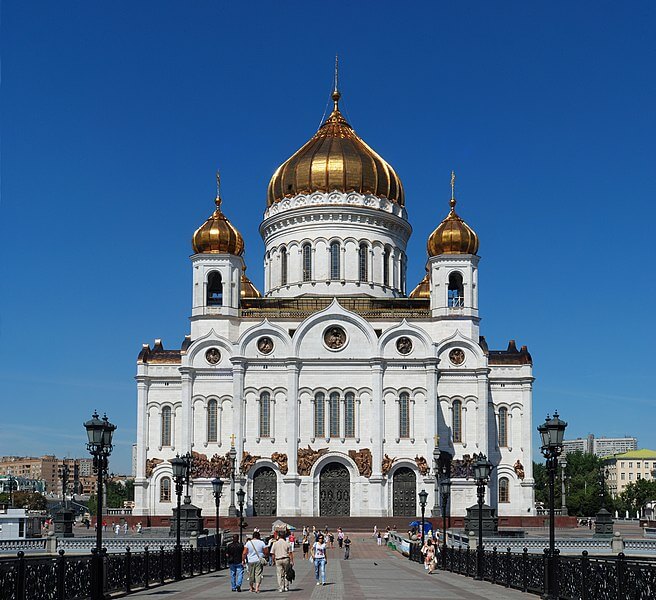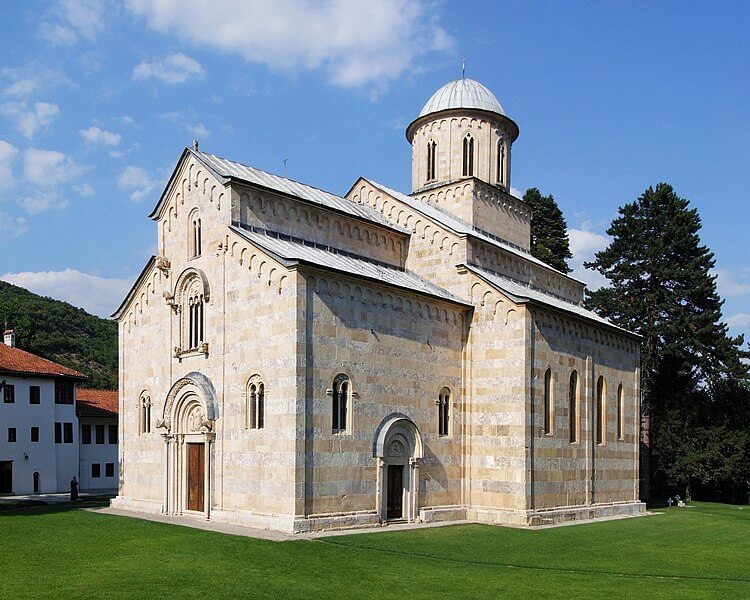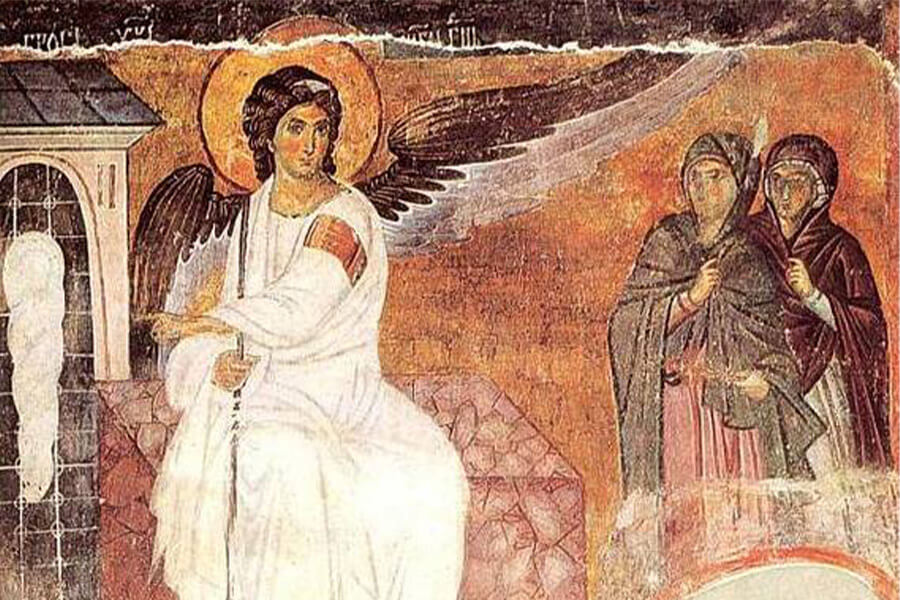What is Orthodox Christianity, and how does it differ from Catholicism, is a question that intrigues many. At a glance, the answer might be framed as follows: Orthodox Christianity is one of the oldest forms of Christianity, preserving ancient liturgical practices and theological traditions. However, the distinction between it and Catholicism lies not just in practices but also in history, theology, and ecclesiology. In the forthcoming discussion, we will delve deeper into the nature of Orthodox Christianity, exploring its origins, beliefs, and how it sets itself apart from other Christian denominations.
Common Origins
Christianity, as a monotheistic Abrahamic religion, has its origins in the teachings of Jesus Christ in the 1st century AD, spread primarily through the apostolic missions of his disciples. As the faith grew, it spread throughout the Roman Empire, becoming deeply embedded in various regions, from the Western fringes of Rome to the East in places like Constantinople, Antioch, Jerusalem, and Alexandria.
During the initial centuries, the Christian Church remained relatively unified, despite the vast geographical expanse it covered and the diverse cultures it encountered. This unity was fostered by a series of ecumenical councils, known as the Ecumenical Councils. These councils were convened to address and resolve major theological controversies and heresies. They played an instrumental role in shaping Christian dogma, such as the Nicene Creed, and clarifying Christological and Trinitarian debates.
Rome, due to its position as the capital of the Roman Empire and its apostolic foundation, held a primacy or precedence of honor. This position, however, was not one of dominance but rather a primus inter pares, or “first among equals.” The Bishop of Rome, later known as the Pope, was seen as a first among the other patriarchs, but not as having absolute authority over them. Other major sees or patriarchates included Constantinople, Antioch, Jerusalem, and Alexandria. Each of these centers of Christianity held significant influence and played critical roles in the theological, liturgical, and administrative life of the early Church.
However, tensions between the East and West grew over centuries, culminating in the Great Schism of 1054. A culmination of theological differences, liturgical practices, linguistic barriers, and political tensions led to this split, formally dividing the Church into the Roman Catholic Church in the West, with its seat in Rome, and the Eastern Orthodox Church in the East, with Constantinople as its primary see.
This schism was not just about theological nuances but also cultural and political rifts that had been widening over time. While the root causes are complex, by the end of the schism, Christianity had two primary branches, each with its own unique traditions, practices, and theological emphases, but sharing a common foundational history.
Distinguishing Catholicism from Orthodoxy
When observing the Christian landscape, the Roman Catholic and Eastern Orthodox Churches stand as two of the most ancient and revered branches. While they share much in common due to their joint heritage, they also possess distinct theological, liturgical, and ecclesiastical differences that have developed over centuries.
Papal Primacy vs. Conciliarity: One of the most notable differences between the two lies in their understanding of church authority. In Catholicism, the Pope, as the Bishop of Rome, holds a position of supremacy, acting as the universal bishop with direct jurisdiction over the entire Church. The Orthodox Church, however, follows a conciliar model of governance. While the Ecumenical Patriarch of Constantinople is accorded the title of “first among equals,” he does not possess the same kind of universal jurisdiction as the Pope. Decision-making in Orthodoxy tends to be more synodal, reliant on councils and consensus among bishops.
The Filioque Controversy: The theological disagreement known as the “Filioque” controversy is another significant point of divergence. The Latin term “Filioque” translates to “and the Son.” It was added to the Nicene Creed in the West to suggest that the Holy Spirit proceeds from both the Father “and the Son.” The Orthodox Church rejects this addition, maintaining the original Creed which states that the Holy Spirit proceeds only from the Father.
Ecumenical Councils: While both traditions recognize the importance of the early Ecumenical Councils in defining and defending Christian doctrine, there’s a difference in the number they accept. The Orthodox Church recognizes seven such councils, while the Roman Catholic Church acknowledges more, having convened additional councils in the subsequent centuries.
Liturgical Variances: There are also liturgical differences, such as the use of leavened bread in Orthodox communion as opposed to the unleavened wafer used in the Catholic Eucharist. These variances might seem minor but reflect deeper theological and traditional differences.
Despite these and other differences, it is crucial to remember that both the Roman Catholic and Eastern Orthodox Churches are rooted in the same Christian tradition, venerating Jesus Christ as Lord and Savior. They share foundational scriptures, sacraments, and centuries of intertwined history. Differences, while significant in certain contexts, should not overshadow the profound faith and reverence both traditions have for the core tenets of Christianity. The hope for many remains that, despite past disagreements and schisms, there might someday be a path to deeper unity and understanding between these two ancient branches of Christianity.
Orthodox Christianity Today
Orthodox Christianity, having weathered millennia of history, stands today as a testament to endurance, tradition, and faith. By recent estimates, in 2020, there were approximately 220 million Orthodox Christians worldwide. This community, though united in faith and doctrine, has various autocephalous (independent) churches that guide the spiritual lives of their adherents.
The Orthodox Christian world is vast and intricate, with each of its churches playing a vital role in the spiritual fabric of their communities. At the forefront, the Ecumenical Patriarchate of Constantinople stands as a symbol of unity, holding the title of “first among equals” within the Orthodox communion. While it acts as a spiritual guidepost, its role is not to govern other Orthodox entities but to serve as a touchstone for unity and collaboration.

The Russian Orthodox Church, due to its considerable following, has emerged as a significant religious power. Its influence stretches far beyond the borders of Russia, impacting both religious and political spheres in many parts of the world. This prominence is a reflection of Russia’s historical and contemporary importance in global Orthodox Christianity.
Similarly, the Churches of Greece, Serbia, Romania, and Bulgaria have profound ties to the cultural, historical, and national identities of their regions. The Greek Orthodox Church, for instance, is intrinsically linked to the origins of Christianity and the Byzantine legacy. The Serbian Orthodox Church, meanwhile, has been pivotal in preserving the Serbian identity through centuries of geopolitical upheavals. Romania and Bulgaria’s Orthodox institutions remain pillars of faith, reflecting the deep-rooted Christian traditions of the Balkans.

Yet, the Orthodox tapestry is broader still. There are other significant churches like the Georgian Orthodox Church, known for its ancient liturgical traditions, and the Coptic Orthodox Church of Alexandria, representing one of the earliest Christian communities in Africa. Additionally, there are the Orthodox Churches of Jerusalem, Antioch, and Cyprus, each with its unique history and contribution to the global Orthodox narrative.
Collectively, these churches not only serve as spiritual sanctuaries for millions but also as custodians of the diverse traditions, liturgies, and histories that make Orthodox Christianity a rich and multifaceted faith.
Inter-church Relations: While these churches operate independently, they share liturgical practices, doctrines, and, at times, political challenges. They come together during pan-Orthodox synods to discuss pressing issues and maintain the integrity of the faith. However, geopolitical situations, like in Ukraine, can lead to tensions among these churches.
The Calendar Issue: A distinctive feature of modern Orthodoxy is the difference in liturgical calendars. Originally, all Orthodox churches used the Julian calendar. However, in the 20th century, some churches, inspired by the proposal of Serbian scientist Milutin Milanković, adopted the Revised Julian calendar, which is more aligned with the Gregorian calendar used globally. Notably, churches like the Russian, Serbian, and a few others remain on the Julian calendar, leading to variations in feast days and holiday celebrations.
Today, Orthodox Christianity remains a vibrant and dynamic faith, a mosaic of regional churches, each contributing to the rich tapestry of global Christianity. Its resilience through historical upheavals and its dedication to preserving ancient traditions make it an essential component of the broader Christian world.
Historical Challenge: Can You Conquer the Past?
Answer more than 18 questions correctly, and you will win a copy of History Chronicles Magazine Vol 1! Take our interactive history quiz now and put your knowledge to the test!

